Over time, tires are exposed to precipitation, brake dust, chemicals, sunlight, and temperature fluctuation from summer to winter. While tires have anti-aging chemicals within the rubber to help protect them, exposure to these elements can cause rubber to lose some of its elasticity, which then causes the surface to age and crack. Under normal circumstances, tires should last around five to seven years, but as they age, they begin to rot, and it’s only a matter of time before the cracks can be dangerous. Here is more information about the aging and cracking in tires, what you can do to prevent this wear, and how to get help.
Also called weather checking, weather cracking, and ozone cracking, cracks in tires are typically small and develop in the sidewalls or at the base of the tread grooves. These are signs the rubber in the tires is starting to break down. While cracks typically start developing on the sidewall, they then move to the outer part of the tire underneath the tread.
As the rubber flexibility declines, larger cracks develop, and once this happens, it’s only a matter of time before the tires become dangerous. Cracks aren’t always a bad thing and don’t necessarily mean the tire needs replaced. But as they grow in length, depth, or number, replacing your tires may be necessary.
As the cracks grow, they can wear down quickly. This can turn small cracks into major cracks or other problems that can put you at risk of blowing a tire. If the cracking between treads is visible, the tire’s structural integrity is likely compromised. At this point it’s important to have a professional inspect the tire. If cracks are in a tire that’s only a few years old, this could also be a manufacturing defect that needs addressed and replaced immediately.
The best way to prevent your tires from aging and cracking is by keeping them out of the elements as much as possible:
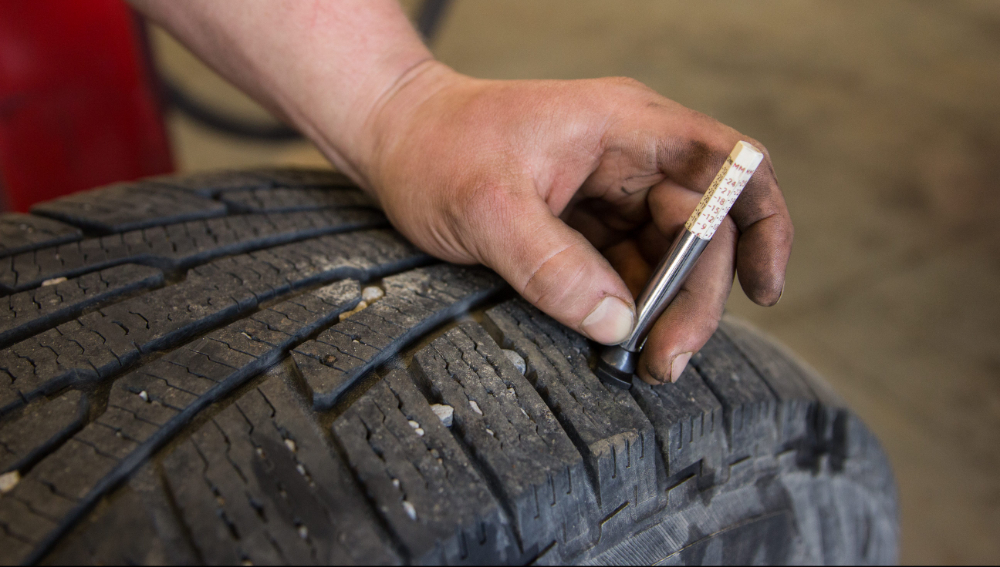
If you notice signs of aging or cracking on your tires, take it to your local tire shop for inspection. Sometimes, cracked tires can be repaired, but this may only mask the issue instead of fixing it. When cracking is serious, the tires likely need replaced for your safety and the safety of other drivers on the road.
It can be difficult to tell on your own whether the damage is serious enough to be a problem. The experts at Hollenshade’s Auto Service can help inspect and diagnose any problems and do any repairs or replacements you may need. Call 410-828-5750 or request an appointment online today.
NASCAR racing tires operate at an average of 200-260 degrees Fahrenheit. Antarctic tundra tires cruise through snow drifts at negative 40 degrees Fahrenheit, and the typical SUV tire rotates some 42 million times throughout its lifetime.
Tires are one of the most under-appreciated parts of the automobile, laboring in harsh environments. Is it any wonder they break down?
A tire is an alchemist’s dream, a blend of rubber and filler reinforced by steel bands and somehow squeezed, pressed and extruded into a black donut with thick tread. The primary component in any tire is rubber, which could be natural rubber, styrene-butadiene rubber, polybutadiene rubber, or butyl rubber.
OxidationTires age the same way as humans. As they age, they lose flexibility. Blame oxygen. Elevated temperatures exacerbate the reaction. Anti-aging chemicals, activated by operating temperature, prevent premature cracking, but most all tires depart for the Happy Hunting Grounds by age 10 no matter the tire protection.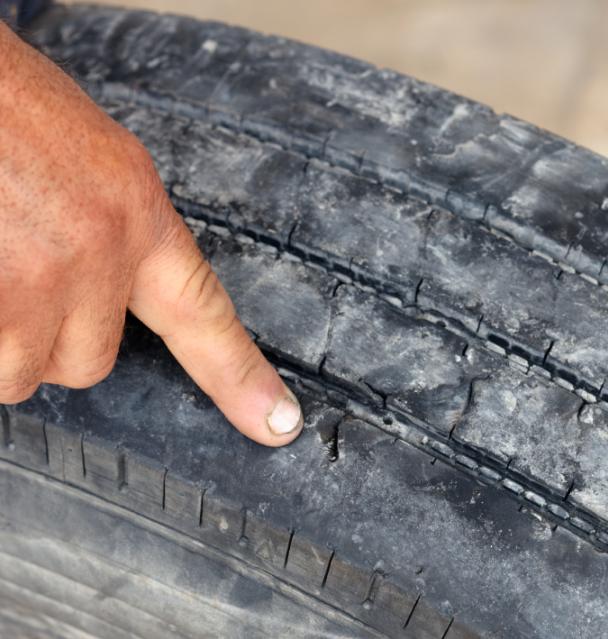 Some tires, particularly summer tires exposed to winter conditions or vice versa, mature by six.
Some tires, particularly summer tires exposed to winter conditions or vice versa, mature by six.
Tires may weather faster in urban areas. They degrade with exposure to ultraviolet radiation and ozone, a lightweight gas found in the atmosphere and caused by the partial breakdown of air from atmospheric electric discharges.
Harsh Chemicals
Harsh solvents and detergents used to detail tires can indirectly cause cracking. Tires are manufactured with anti-oxidation and anti-ozone protective tire protection layers, which are designed to shield from the solvents, salt, oil and fluids on American roads. Harsh cleaning chemicals can strip a tire of its clothing, as it were, and leave it exposed to ozone and sunlight without UV protection.
Bad DrivingFast ‘n’ furious driving can cause tires to age too soon. So can scraping against a concrete curb. Also, under-inflated or overinflated tires place undue stress on tire sidewalls and cause fissures and flaws.
Most manufacturers recommend tires be replaced 10 years from the date of origin. Premature cracking can slice the life of a rubber tire in half.
Thankfully, there are ways to thwart early cracking.
Drive Safely
The simplest solution to prevent tire cracking comes from mom: Drive safely. Skidding around corners raises the temperature of a tire, aggravating current cracks and egging on new ones. High-speed braking does the same.
Vacation Often
Much like bread is kneaded, a tire is “worked” when driven. Unfortunately, many fifth-wheel trailer and RV drivers only take to the streets a few times a year, leaving their tires to rot in the dryness of winter. Driving a trailer every other month can reap dividends over the life of the vehicle. Use covers for tire UV protection during the off-season.
Can 303® Aerospace Protectant Prevent Cracked Tires & Tire Rot?
303 Protectant is a water-based application used to dress rubber, plastics, vinyl and treated leather. The surface treatment lays down a thin, flexible shield that has tire UV protection.
The surface treatment lays down a thin, flexible shield that has tire UV protection.
Uses for the 303 Automotive Protectant are endless. Enthusiasts dab the non-oily spray on rubber, plastic, and metal, While professional fishermen use it to protect their boats from premature damage and wear.
But most importantly, the product prevents cracked tires. A quick coating, reapplied every 4-8 weeks, is a quick blast of tire UV protection. The water-based tire protectant douses the sidewalls in moisture, protecting them against dry rot and giving the rubber a rich, waxy gleam.
Be it a NASCAR, Arctic or commuter tire, everyone deserves the best in tire protection: 303 Automotive Protectant.
If you want to protect tires from cracking and neutralize the effects of negative atmospheric phenomena on the rubber surface, use XADO rubber and plastic conditioners, as well as silicone grease or universal grease spray.
For the treatment of car tires, as I already wrote, silicone grease is suitable, which absorbs into micropores and displaces moisture. If the air humidity value exceeds 85-90%, it is better not to mess with such a place to store tires.
1) Poor tire quality. Tires are made from poor raw materials, crack under load. … 2) Old tires. It is especially affected with high mileage, exposure to external factors such as the sun (heat) and snow - cold in winter wear out the coating, it is quite possible that cracks will appear.
The fact is that in addition to lubricating properties, silicone perfectly protects the surfaces of the rubber elements of the body from the harmful effects of ultraviolet radiation and prevents the seals on the doors or the sunroof from drying out and cracking. … The use of silicone is recommended for seasonal tire changes.
Laundry soap - perhaps the cheapest product suitable for blackening tires. It can be applied with a pre-soaped brush, or you can, by dissolving a crumb of soap in water, apply the composition with a sponge.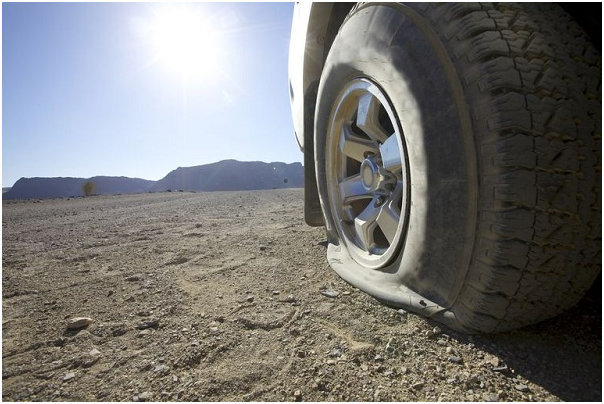 There is no need to rinse off the soap: when it dries, the rubber will take on a beautiful and deep black tint.
There is no need to rinse off the soap: when it dries, the rubber will take on a beautiful and deep black tint.
Optimum storage temperature for tires: -10 to +25 degrees Celsius. Tires will keep better if there are no temperature fluctuations in the storage place. For example, it is a heated garage or a warm warehouse. The best temperature for tires is a stable + 18-20 degrees Celsius.
What to do if the tires are cracked? Usually, car owners decide to throw away worn tires and buy a new set of tires, but it is worth considering that cracked tires can be repaired in some cases. … Therefore, the only way out will be a complete replacement of the tire.
The question arises whether it is possible to drive on tires with cracks. Any damage to the tires leads to restrictions on operation. Especially if the protector is damaged. With large cracks, it is strictly forbidden to operate such a tire.
After all, all the indicated figures are recommended, but no one obliges the driver to replace tires, even after fifteen years, the main thing is that they are not worn out.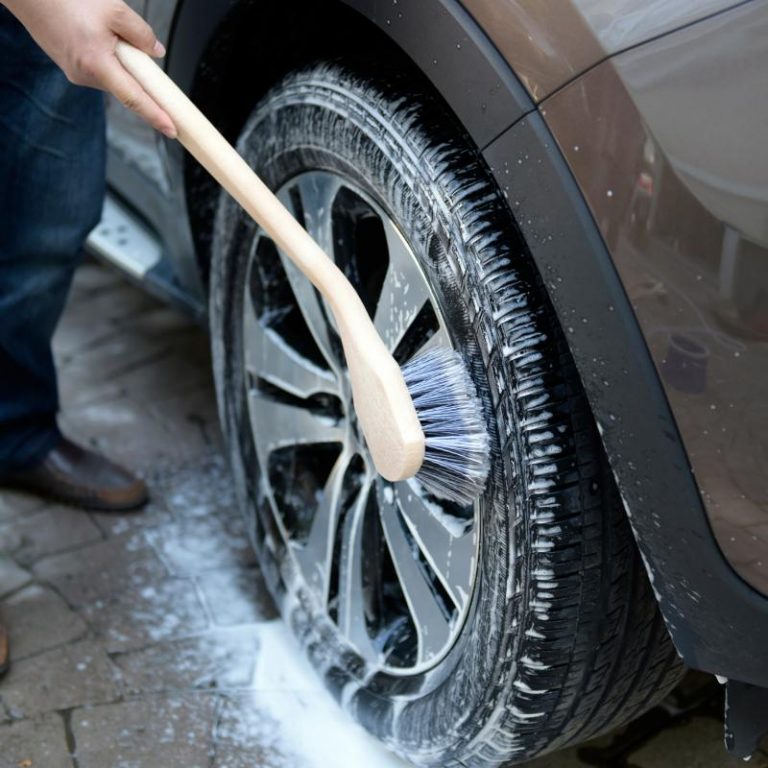 However, manufacturers themselves recommend replacing tires at the age of 10 years, and in most cases, tires become unusable after 6-8 years of operation.
However, manufacturers themselves recommend replacing tires at the age of 10 years, and in most cases, tires become unusable after 6-8 years of operation.
This can be done using several mixtures, in particular: glycerin, shoe polish, soap, silicone or a specially designed liquid.
…
The following tire blackening products are available:
In many cases, for application it can be diluted with water 1 to 2, 1 to 4. If you want to reduce the cost of the resulting product, then dilute the silicone with a simple non-freeze with a freezing point of -32 degrees.
Glycerin can be used to make rubber ink by mixing it with water. Most often this is done in a ratio of 1 to 1. It is recommended to mix the product in a bottle that has a spray gun so that it can be conveniently applied to tires. Note: It is best to use distilled water when mixing.
Various products sold in stores are excellent for this purpose. By treating the tread with lubricant, the motorist prevents the polymer from drying out and cracking. Next, the tires must be laid, hung or placed in a specially prepared room. Additionally, you can use bags or covers.
Next, the tires must be laid, hung or placed in a specially prepared room. Additionally, you can use bags or covers.
1. Tires or complete wheels (tyres on rims) must be stored in a dry, well-ventilated area. Preferably dark, so that direct sunlight does not fall on the rubber and it does not crack. So a balcony is not suitable for this business, as well as a heated loggia.
2. Tires without rims should be stored in an upright position, pressed tightly against each other, and nothing should be placed on top so that they do not deform. For the same purpose, tires need to be turned up to three times a month - it resembles the process of caring for wine. Interestingly, do all seasonal storage warehouses know and comply with this requirement?
3. Tires on rims can be stored lying down in a stack. But it is also desirable to “shuffle” them at least once a month, at the same time checking the pressure. Reduced indicates tire leaks or a violation of the geometry of the rim. Do it while there is time.
Reduced indicates tire leaks or a violation of the geometry of the rim. Do it while there is time.
It is even better not to fold the wheels, but to hang them up so that they do not touch surfaces (ceiling, walls).
4. Tires (or complete wheels) must be washed and dried before being stored. It is impossible to put wet tires in plastic bags - moisture will practically not evaporate, which will damage the rubber.
One more item can be added to this well-known list - something like the simplest life hack: before wintering, treat the tires with tire ink. Surprised? After all, it is believed that "ink" is used for aesthetic purposes: to remove stubborn dust from rubber, to add depth of color and shine to the sidewalls. In general, pampering for those who are concerned about the appearance of the "car", or dealers who are trying to throw dust in their eyes. All this is true, but not quite. Remember why you clean your shoes.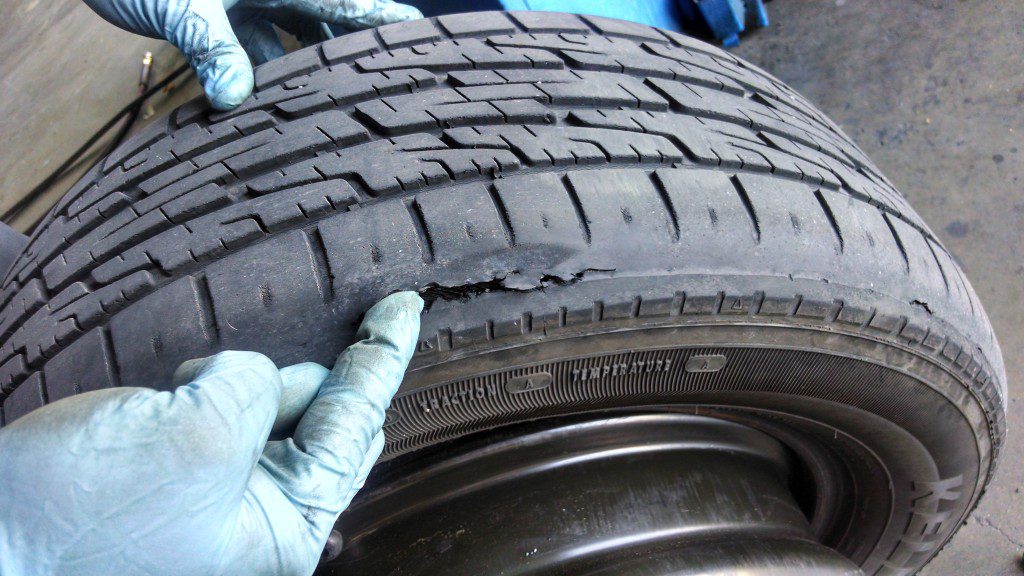 Not only for shine, but also protection from water and dirt.
Not only for shine, but also protection from water and dirt.
You've seen very old tires. What catches your eye? - craquelure on the sidewalls. Craquelures in the original sense are cracks in the paint layer and varnish in the paintings of old masters. Even the Mona Lisa has them. But it is unlikely to help her, but tires can.
Good blackeners, in addition to being decorative, also have a protective function, creating a film on the surface of the tire that protects the rubber from drying out and cracking. But for this you need to choose compounds based on silicone. For example, ASTROhim has one of these, it stays on the surface for a long time even with daily use of the car, which means it will protect tires during storage.
Why silicone?
Silicone ink fills microcracks that inevitably appear on tires, and grow over time - especially in an unfavorable environment (when operating on bad roads, in southern or, on the contrary, northern regions, under load, at the wrong pressure). The use of ink is simple: I sprayed it with a spray or aerosol from a distance of 20-30 cm, and that's it. It will take several minutes to process a set of wheels.
The use of ink is simple: I sprayed it with a spray or aerosol from a distance of 20-30 cm, and that's it. It will take several minutes to process a set of wheels.
Of course, the ink will not make the tires last forever, but perhaps for a season or even two, they will extend their service life.
Rubber craquelure: how not to turn tires into an old picture
Rubber crackles: how not to turn tires into an old picture
Rubber crackles: how not to turn tires into an old picture
